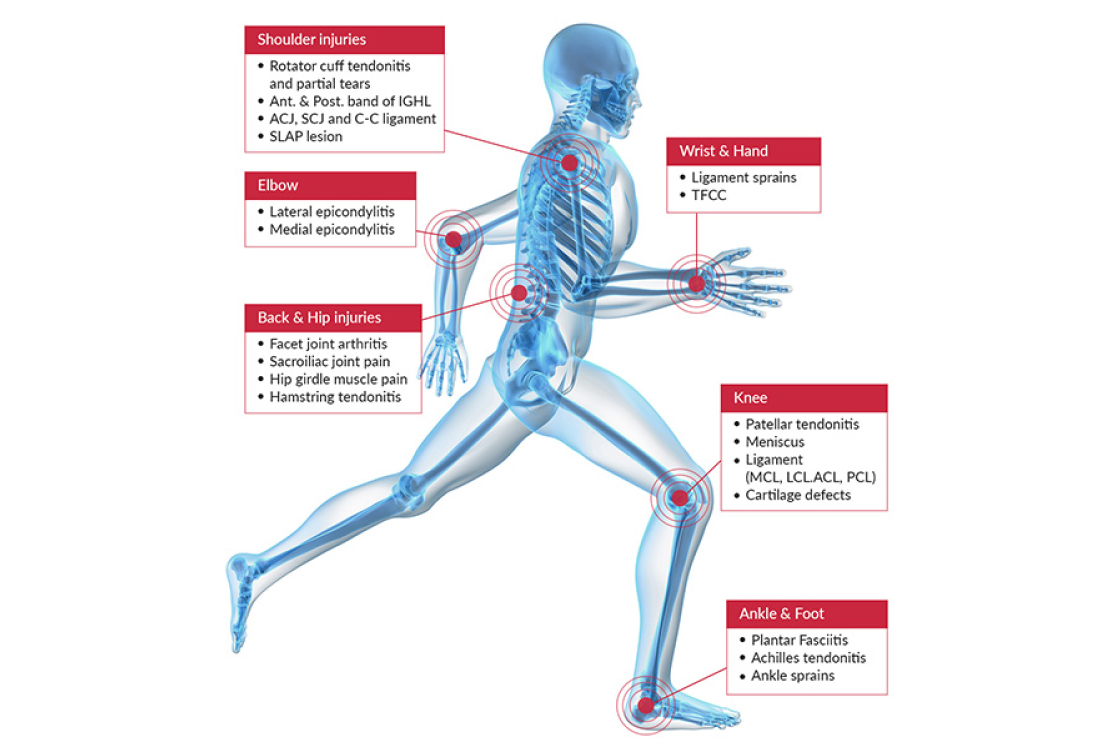At AdiMarket, we often get asked a lot of questions about the efficacy of PRP, or Platelet-Rich plasma and Stem Cell treatments. Especially as they pertain to disorders like arthritis. When it comes to arthritis, many doctors understand how broad of a term that it can be. It can include a wide variety of different disorders and diseases with many causes. However, it is good to note that PRP therapy may not work for all causes of arthritis.
It is vital to point out when regenerative medicine is an appropriate alternative to traditional medicine for arthritis and when not. This is important so that patients do not pay for treatments that may be ineffective or untested. This helps to pair the appropriate treatment options to the right patient.
Osteoarthritis treatments and PRP
Osteoarthritis is the most common form of arthritic. The way it effects your mobility occurs when cartilage, which prevents joints from causing friction, breaks down over time. This can result in many symptoms, including swelling, and sharp main when you move your joints. This is often correlated with age and growing old.
These therapies have been used for awhile as an effective way to treat osteoarthritis, and even reverse it. PRP treatments, for instance, inject material into the joint, which causes the body to have a biological response. This response helps the body to form new cartilage, which can reduce inflammation and slow down the progression of the disorder.
Is Rheumatoid Arthritis Treatable by PRP?
Rheumatoid Arthritis is an immunological disease, and isn’t the cause the normal wear of the cartilage over time. It is a common form of arthritis, but not as common as osteoarthritis. Rheumatoid Arthritis is when one experiences joint pain due to the fact that the body’s immune system is attacking the tissues in their own joints.
While regenerative medicine treatments like PRP can be effective in reducing pain and damage from the progression of the disease, it is not the first choice. However, regenerative medicine cannot fully treat the immune system and the damage that it can cause.
What about Fibromyalgia?
Although not technically arthritis, Fibromyalgia is often associated with the joint disorder. This is due to the fact that it can cause joint pain. This is due to the miscommunication between the brain and spinal cord, which can make you feel pain even when no cause is present. This may be the result of an overactive nervous system, which causes the body to experience pain.
Due to it having little to nothing to do with the joints, little can be done to help the condition where PRP and stem cell therapies are involved. Patients who want relief from their pain will have to look elsewhere. Other more proven treatments include prescription medications, physical therapy, and muscle relaxants.
While it cannot be used for every condition and every type of pain out there, PRP does hold potential. It is used to effectively treat chronic pain and deterioration due to osteoarthritis and orthopedic type injuries. This can be a great alternative for people who are looking for alternatives to traditional treatments, such as medications for pain, as well as surgery. However, it is best to check out the evidence for yourself, and not just take our word for it.

